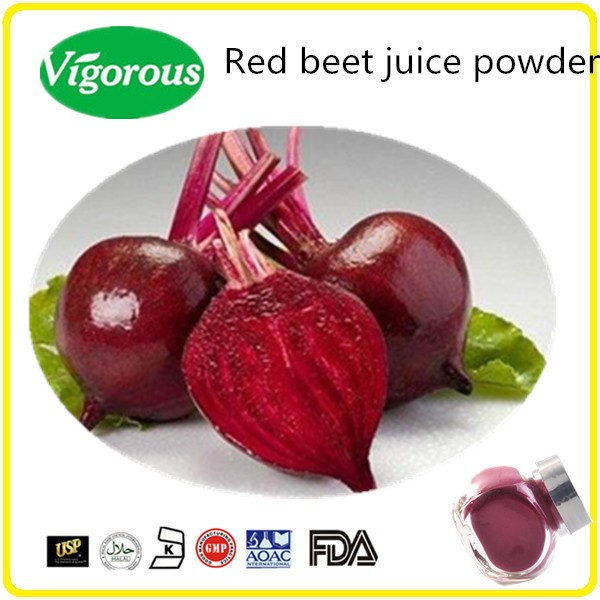- Extract Powder
-
- Fragrant Solomonseal Extract
- Elsholtzia Ciliata Extract
- Wormwood extract
- Red Radish Extract
- Arnica Extract
- Blue Lotus Extract
- Star Anise Extract
- Saxifraga Extract
- Red Bean Extract Powder
- Cistus Creticus Extract
- Luo Han Guo Extract Powder
- Saffron Extract
- Cranberry Extract
- Swertia Bimaculata Extract
- Ligustrum Extract
- White Willow Bark Extract
- Butterbur Extract
- Tongkat Ali Extract
- Grapefruit Extract
- Coix Seed Extract
- Carob Extract
- Lupinus Albus Extract
- Horse Chestnut Extract
- Kava Extract
- Dracocephalum Extract
- Olive Leaf Extract
- Lycoris Radiata Extract
- Schisandra Extract
- Scutellaria Extract Powder
- Semen Coicis Extract
- Sabah Snake Grass Extract Powder
- Phellinus Linteus Extract
- Lycium Extract
- Apple Extract
- Sophora Japonica Extract
- Lungwort Extract
- Acai Berry Extract
- Macleaya Cordata Extract
- instant green tea powder
- melissa officinalis extract
- dandelion extract
- ajuga turkestanica extract
- sesame extract
- rhodiola extract
- filipendula ulmaria extract
- chanterelle mushroom extract
- instant jasmine tea powder
- cistanche extract
- agaricus blazei extract
- agaricus bisporus extract
- agrocybe aegerita extract
- antrodia camphorata extract
- astragalus extract
- auricularia auricula extract
- bilberry extract
- black currant extract
- centella asiatica extract
- chlorella powder
- coprinus comatus extract
- cordyceps Extract
- coriolus versicolor extract
- desmodium extract
- Ecklonia Cava Extract
- epimedium extract
- eucommia extract
- evodia extract
- fenugreek extract
- fisetin extract
- flammulina velutipes extract
- fo-ti extract
- fucoxanthin extract
- ginkgo biloba extract
- ginseng extract
- grape seed extract
- graviola extract
- green coffee bean extract
- green tea l-theanine
- hawthorn extract
- hericium extract
- honeysuckle flower extract
- inonotus obliquus extract
- instant black tea powder
- kacip fatimah extract
- lovage extract
- luo han guo extract
- lutein extract
- lycium extract
- maitake mushroom extract
- mulberry extract
- muskroot extract
- olive leaf extract
- oolong tea extract
- phellinus linteus extract
- pine bark extract
- pomegrante extract
- polyporus umbellatus extract
- poria cocos extract
- pu erh tea extract
- pumpkin seed extract
- pleurotus eryngii extract
25:1High Quality red beet root extract powder
2016-10-31

The green, leafy portion of the beet is also edible. The young leaves can be added raw to salads, whilst the adult leaves are most commonly served boiled or steamed, in which case they have a taste and texture similar to spinach. Those greens selected should be from bulbs that are unmarked, instead of those with overly limp leaves or wrinkled skins, both of which are signs of dehydration. The domestication of beets can be traced to the emergence of an allele which enables biennial harvesting of leaves and taproot.
A traditional Pennsylvania Dutch dish is pickled beet egg. Hard-boiled eggs are refrigerated in the liquid left over from pickling beets and allowed to marinate until the eggs turn a deep pink-red colour.
In Poland and Ukraine, beet is combined with horseradish to form popular ćwikła, which is traditionally used with cold cuts and sandwiches, but often also added to a meal consisting of meat and potatoes. The same in Serbia where the popular cvekla is used as winter salad, seasoned with salt and vinegar, with meat dishes. As an addition to horseradish it is also used to produce the "red" variety of chrain, a popular condiment in Ashkenazi Jewish, Polish, Russian and Ukrainian cuisine.
Popular in Australian hamburgers, a slice of pickled beetroot is combined with fried egg and sometimes pineapple (as well as the usual beef patty, barbecue sauce and salad) to make an Aussie burger.
When beet juice is used, it is most stable in foods with a low water content, such as frozen novelties and fruit fillings. Betanins, obtained from the roots, are used industrially as red food colourants, eg to intensify the colour of tomato paste, sauces, desserts, jams and jellies, ice cream, sweets, and breakfast cereals.
Beetroot can also be used to make wine.
Food shortages in Europe following World War I caused great hardships, including cases of mangelwurzel disease, as relief workers called it. It was symptomatic of eating only beets.
Per 100 gram serving providing 43 calories, beetroot is an excellent source (20% of the Daily Value, DV) of folate and a good source (14% DV) of manganese, with other nutrients in low amounts (see table displayed at right) .
In preliminary research, beetroot juice reduced blood pressure in hypertensive individuals and so may have an effect on mechanisms of cardiovascular disease.
Beets contain betaines which may function to reduce the concentration of homocysteine, a homolog of the naturally occurring amino acid cysteine. High circulating levels of homocysteine may be harmful to blood vessels and thus contribute to the development of cardiovascular disease. This hypothesis is controversial as it has not yet been established whether homocysteine itself is harmful or is just an indicator of increased risk for cardiovascular disease.

